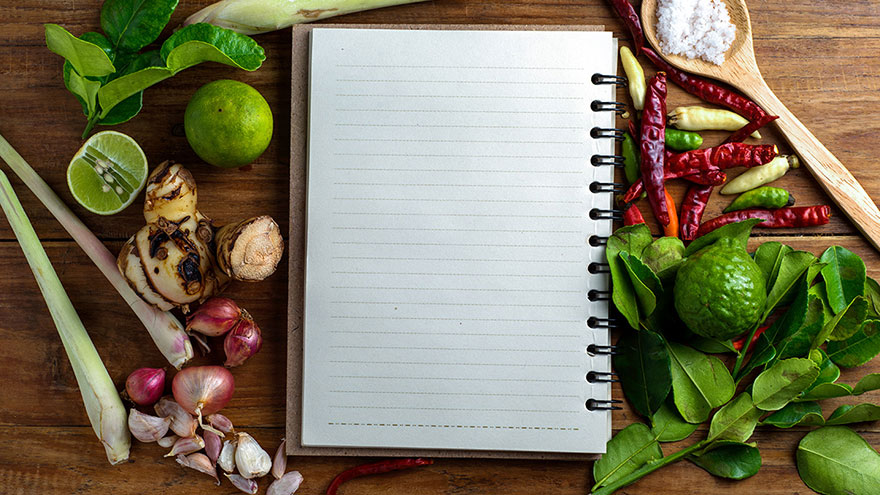Food Journal Analysis
A food journal is a great way to keep track of what you’re eating on a daily basis. According to a 2018 study from Kaiser Permanente, people who keep a food journal double their weight loss on average.
It’s important to understand the types of things you should be recording in a food journal.

Foods Eaten
One of the most important aspects of a food journal is recording the food you eat. This includes the type of foods and total number of servings of each food for breakfast, lunch, dinner and snacks.
When tracking the nutrition information of each of these foods, use the food label on the back of the package or look up the nutritional information online at The Daily Plate (www.thedailyplate.com).
Calories
Cutting calories is the best method for losing weight regardless of which of the three macronutrients (carbohydrates, fat, protein) were emphasized. It’s very important to record the calories for all foods you’re eating in a food journal so you can see how many calories you’re eating per day compared to how many you’re using up.
Carbohydrates
Despite the aforementioned research about calories being more important than cutting carbohydrates, it’s still important to keep track of the number of carbs you’re consuming each day.
Check the food label on the back of the package to record the number of carbs from each of the foods you’re eating in a food journal and compare them to the USDA daily recommendations. Eat whole grains over refined, processed carbohydrates.
Fat
Check the back of the package on the nutritional label and record the amount of fat you’re eating in a food journal and pay special attention to the amount of saturated fat and trans fat you’re consuming, as these types of fats can lead to an increased risk of heart disease.
Protein
Use the nutrition label to record the amount of protein you’re eating each day in the food journal and choose lean sources of protein such as fish, turkey and chicken over beef and pork. If you’re unsure of the fat content, use an online tool like The Daily Plate.
You Might Also Like :: How to Use a Journal to Vent

